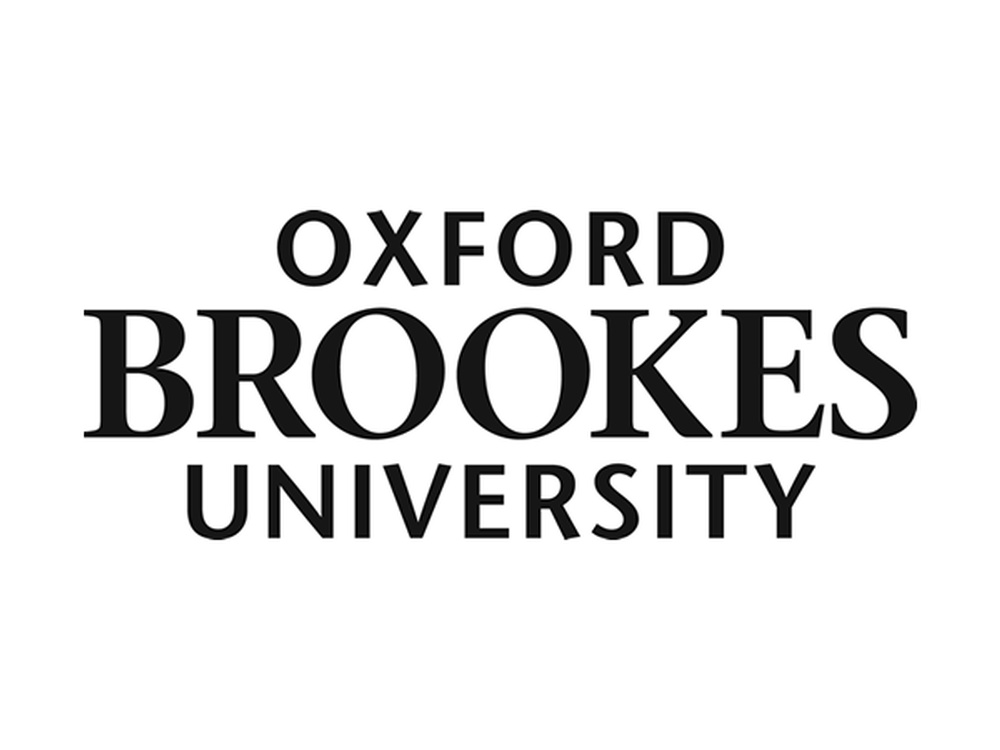What is this study about?
Our work suggests that brief exposure to a specific frequency (670nm) of red light may improve mitochondrial function in mtDNA patients. But no robust studies have been done. We want to develop a way of testing whether 3-minute exposure to 670nm light improves muscle function and mobility in mtDNA patients with fatigue. We plan to use this test in a future trial showing whether 670nm light is an acceptable treatment and improves muscle function and mobility in mitochondrial patients. This may relieve symptoms, improve quality of life and save NHS costs.
Who can take part?
Patients who have the commonest pathogenic mutation, m.3243A>G, are the focus of this project. Most will only develop mild symptoms, such as deafness in middle/late life but some will develop significant progressive mtDNA disease. This can include debilitating fatigue and/or muscle pain for days after physical exertion.
What’s involved in taking part?
We will invite participants with m3243A>G aged 16-59 years to attend our exercise laboratory for tests of arm and leg function. After completing questionnaires about fatigue and quality of life, we will ask you to grip and relax or push with your hand while we inflate/deflate a blood pressure cuff. Using an electronic sensor on the forearm, we will measure how fast muscle mitochondria use oxygen. We will also see how many ‘sit-to-stands’ you can do in 30 seconds.
We will randomly (‘sort by chance’) allocate participants into two groups, explaining that we do not know if either of the two lights we are testing work. The ‘intervention group’ will have 3 minutes of 670nm light shone on their forearms and on their thighs. The other group will have this done with a different light. After 30-60 minutes for the lights to take effect, we will repeat the hand strength and sit-to-stand tests.
Once we have established the best way of testing, we may be able to give participants the light used to try at home, and telephone you after a week. After 4 weeks we will repeat the sit-to-stand test and questionnaires/interviews.
We will reimburse your travel expenses for any laboratory visit.
Are there any risks?
We do not anticipate any risks. 670nm lights are routinely used as treatments for wound healing in both medical and veterinary practice and can warm the skin after prolonged exposure. Lights are freely available online.
Completion of the questionnaire is unlikely to have any associated risks.
Who will benefit?
There is no guarantee that you will benefit directly from taking part in this study. However, your participation in this study will enable us to gain a better understanding of whether 670nm light can be conveniently used to help mitochondrial patients.
Who is running the study?
The study is led by Prof Jo Poulton and Dr Patrick Esser. Jo has been researching mitochondrial diseases for over 3 decades and previously ran the Oxford clinic. The exercise testing will be done by sports specialist Dr Richard Baskerville in the exercise lab, run by Dr Patrick Esser at Oxford Brookes University. The exercise testing is used routinely in labs throughout the world.
How do I find out more?
If you think you might be eligible and are interested in taking part in this research, or would like any further information (for instance to request a phone call so your questions can be answered), please contact the study team directly:
Email: Dr Patrick Esser [email protected]

